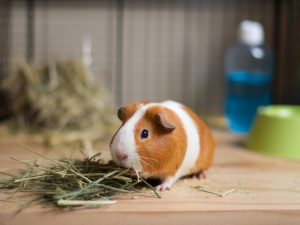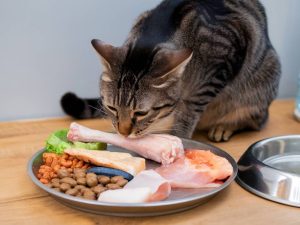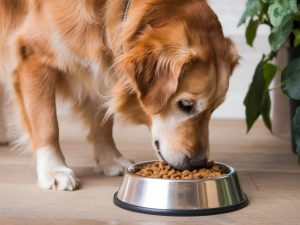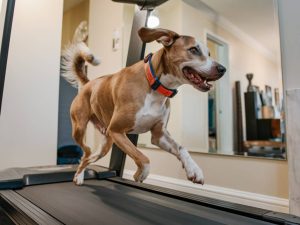The risks of free feeding dogs: how to avoid overeating and weight gain
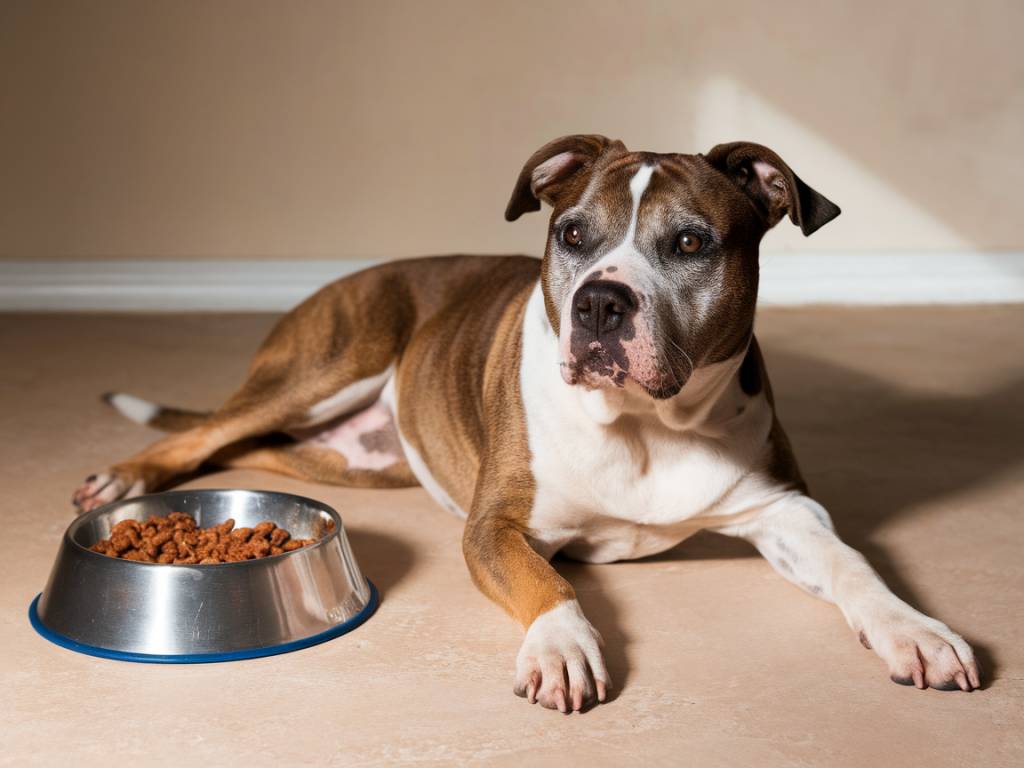
the risks of free feeding dogs: how to avoid overeating and weight gain
The Dangers of Free Feeding Dogs
As pet owners, we often find ourselves wondering about the best feeding practices for our furry companions. Free feeding, which involves making food available to dogs at all times, is a method some owners choose for its convenience. However, this practice can lead to overeating and weight gain, resulting in serious health issues for your beloved pet. It’s essential to understand the inherent risks of free feeding and implement healthy alternatives to ensure your dog’s well-being.
Understanding Free Feeding
Free feeding refers to leaving food out for your dog so they can eat whenever they want. This method might appear manageable and stress-free, especially for owners with busy schedules or multiple pets. However, it’s not natural for dogs to have constant access to food. In the wild, food scarcity forces animals to hunt and eat in moderation, preventing excessive consumption.
Risks Associated with Free Feeding
Though offering food all day seems harmless, it’s crucial to recognize the potential dangers:
- Overeating: Dogs may lack self-control when it comes to eating, just like humans. They may consume more calories than they need, particularly if the food is tasty or treats are involved, leading to obesity and other health concerns.
- Weight Gain: Regular overeating causes weight gain, which can lead to conditions such as diabetes, arthritis, heart disease, and reduced lifespan. Obesity is a significant health threat to pets, compromising their quality of life and overall happiness.
- Poor Nutritional Balance: Continuous access to food might encourage the consumption of poor-quality snacks instead of nutritionally balanced meals. The imbalance may result in deficiencies, impacting your dog’s energy levels and immune system.
- Bacterial Growth: Leaving food out for an extended period invites bacteria and pests, which can contaminate your dog’s meal and lead to gastrointestinal issues or illnesses.
- Feeding Competition: In households with multiple pets, free feeding may incite competition or food guarding behaviors, creating tension and stress among animals.
Strategies to Prevent Overeating
To address the potential pitfalls of free feeding, explore these effective alternative strategies:
Scheduled Feeding Times
Establish specific meal times to create a structured routine for your dog. Feeding twice a day works well for most adult dogs. Puppies, however, typically require more frequent meals. This approach helps control portion sizes and encourages healthy digestion.
Appropriate Portions
When determining portion sizes, consider factors such as age, breed, weight, and activity level. Consult your veterinarian for personalized recommendations. Be cautious when reading commercial dog food labels, as the suggested portions may not always align with your dog’s needs.
Monitor Weight and Adjust
Regularly weigh your dog and observe their physical condition. Adjust food intake based on weight changes to maintain a healthy body condition score. Continuous monitoring will help you catch any unexpected weight gain early.
Promote Physical Activity
Enrich your dog’s daily routine with exercise and playtime to enhance their overall well-being. Physical activity helps prevent obesity, supports cardiovascular health, and reduces stress levels. Walking, running, fetching, and interactive toys all contribute to a satisfying exercise regimen.
Healthy Treats
If you choose to give your dog treats, opt for healthy, low-calorie options. Always account for treats in your dog’s daily caloric intake to avoid inadvertent weight gain. Consider carrot sticks, apple slices (without seeds), or commercially available low-calorie dog treats as alternatives to high-fat snacks.
Implementing Feeding Routines
Transitioning away from free feeding involves patience and consistency. Start by measuring and setting aside your dog’s daily intake, then split it into multiple meals. Once you establish a fixed feeding schedule, your dog will learn to anticipate and adjust to the new routine.
Use mealtime to reinforce positive behavior. Ensure a calm environment during feedings to help your dog focus. Practice obedience commands like « sit » before placing the food bowl down, encouraging calmness and patience at mealtime.
Pozitive Impact of Structured Feeding
Structured feeding offers numerous benefits that go beyond controlling weight. It improves digestion as meals are evenly spaced out, preventing bloating and upset stomachs. It establishes a predictable routine, reducing anxiety, leading to a happier, healthier dog.
Structured mealtime is also an opportunity for bonding. It encourages interaction, as you participate in feeding. This time is valuable for reinforcing training commands, offering praise for good behavior, and strengthening your connection.
Recognizing Special Needs
Some dogs may have special dietary needs due to age, medical conditions, or breed-specific requirements. It’s crucial to tailor feeding routines to accommodate these needs.
Puppies need more frequent, smaller portions to support rapid growth and development. Senior dogs may require fewer calories and specialized diets to maintain ideal health. Consult your veterinarian to address specific conditions such as arthritis, allergies, or other health concerns that might affect your dog’s diet.
The Role of a Nutritionist
If you’re concerned about your dog’s nutrition, seeking professional advice from an animal nutritionist or your veterinarian is advisable. These professionals can help design a customized diet plan that meets your dog’s specific requirements, ensuring a balanced intake of nutrients.
By emphasizing proper nutrition and feeding practices, pet owners can significantly improve their dog’s quality of life. Conscious feeding choices contribute to better physical health, behavioral benefits, and an overall happier canine companion.
Implementing structured meal times may take time, patience, and dedication, but the long-term rewards are worth your effort. A little planning and a few adjustments can prevent the risks of overeating and weight gain, ensuring your furry friend stays in optimal health, ready to enjoy life to its fullest.
By understanding the potential hazards of free feeding and adopting healthier habits, you’ll foster a more nurturing, balanced environment for your pet. Remember, by taking charge of your dog’s eating habits, you’re investing in their future, promoting a joyful, thriving partnership for years to come.
Lisa Tissed


